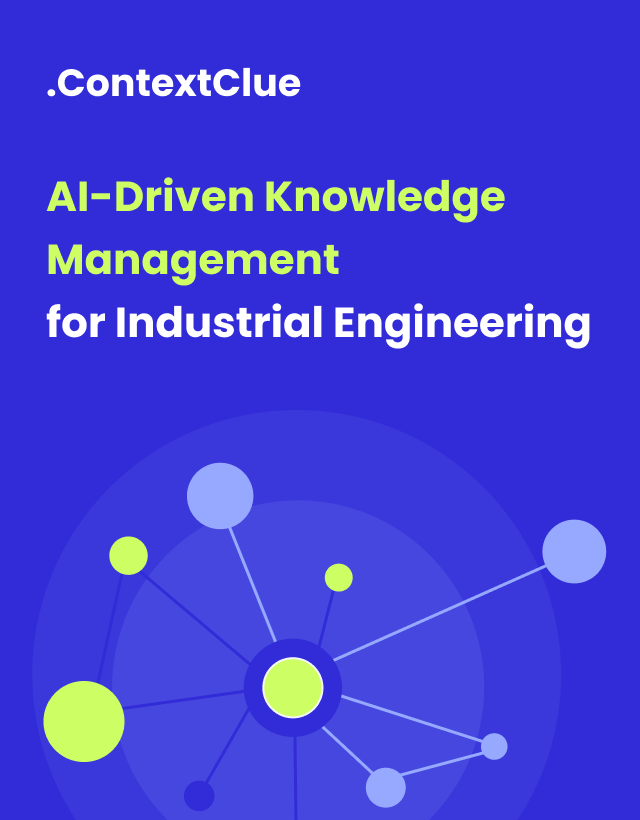
A company that developed a platform aimed at increasing eCommerce sales through the recovery of abandoned shopping carts struggled with handling the increased data volume on its current hosting. Consequently, the company decided to migrate to AWS but wanted to do so incrementally to ensure the integrity of the service was not jeopardized.
Case Study Shortcut
Challenge
Legacy Infrastructure Limitations and Cost Inefficiency
The platform was originally built on a small-scale Windows-based setup, which became inadequate as data volume and user activity increased. Scaling on the old infrastructure was costly and inefficient, prompting the need for a more flexible cloud solution.
Risk of Service Downtime and Business Disruption
Full migration posed a high risk of downtime, which could disrupt service for end users and damage business continuity. The client needed a migration strategy that would ensure operational stability during the transition.
Complexity of Refactoring Code for Cloud Compatibility
Migrating to AWS wasn’t just a lift-and-shift. The existing codebase required deep revision or full rewrites to work efficiently with AWS services and architecture. This made the process technically demanding, especially when dealing with system-critical components.
Goal
The initial step in adopting an incremental migration strategy involved abstracting the core of the service and migrating it without losing connectivity with the rest of the system, which remained on the old infrastructure.
The objective was to ensure that the “heart of the system,” the most maintenance-intensive component, was operational on the new infrastructure while the remaining components stayed on the old one.
This strategy facilitated a smoother transition by prioritizing the migration of the most critical and resource-demanding part of the system, thereby reducing operational costs and minimizing disruptions to the overall service during the migration process.
- Ensure Business Continuity Through Incremental Migration
- Optimize System Performance and Scalability
- Reduce Operational Costs with Cloud Efficiency
Outcome
The deployment of the new solution on AWS resulted in significant cost savings, as the company could adopt a “pay as you go” cloud strategy, paying only for actual AWS usage instead of a flat fee for local server infrastructure.
However, the advantages extended beyond mere financial gains. The data flow saw considerable improvement through the integration of automation, making the system more fault-tolerant, easing the process of reruns, and eliminating logical errors. These enhancements in resilience and efficiency not only streamlined operational processes but also strengthened the overall infrastructure.
As a result, data management and processing became more effective and reliable, representing a major advancement towards a robust and dependable system.
Before
- Fixed costs for local server infrastructure
- Manual data flow processes
- Higher likelihood of faults and logical errors
- Less efficient and reliable data management
After
- Adopted “pay as you go” AWS cloud strategy, leading to significant cost savings
- Improved data flow through automation integration.
- Increased fault tolerance, easier reruns, and reduced logical errors
- Streamlined operational processes
- Strengthened overall infrastructure
- Enhanced effectiveness and reliability in data management and processing

Integrate those solutions in your company
Case Study Details
Approach
Thorough Analysis of Existing Infrastructure and Data Pipeline
- The Addepto team began with a comprehensive audit of the legacy architecture, focusing on data operations and pipeline performance.
Incremental Migration Starting with Core Services
- To reduce risk, the team implemented a phased migration strategy, starting with the most maintenance-intensive and critical components.
Deep Code Refactoring for Cloud Readiness
- Rather than a lift-and-shift, the migration required substantial code revision or full rewrites to ensure compatibility and efficiency within AWS.
Microservices-Based Architecture with Parallel Processing
- The system was restructured into microservices, enabling parallel PDF generation and improved processing speed.
Technology

S3 (Simple Storage Service)

Amazon DynamoDB

Amazon SQS

Amazon Lambda

Amazon Elastic Container Service (ECS) Fargate


Our Team Expert Opinion

Our newly developed system enables all the microservices required for PDF generation to operate in parallel, dramatically slashing the time that was required to generate a batch of PDFs. This innovation not only boosted efficiency, resilience and fault-tolerance, but also elevated scalability. Now, it can handle huge spikes of job load in a quick manner, which could cause the old system to time out.
Piotr Danielczyk Senior Data Engineer at Addepto














